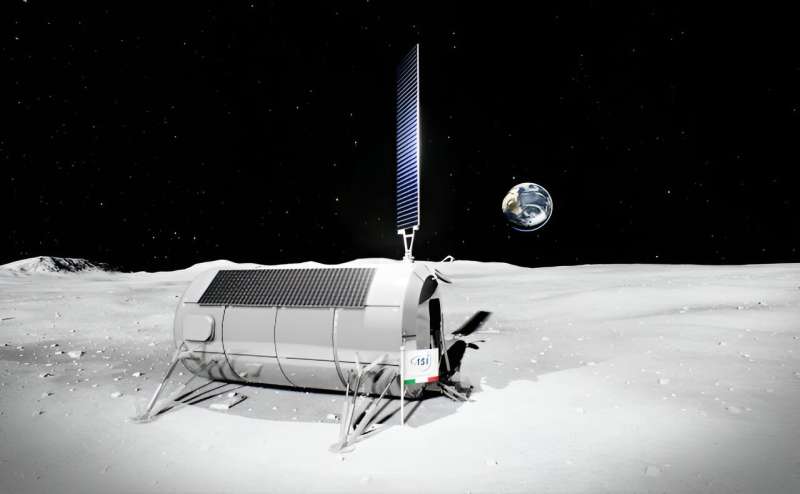"MPH will mark a historic milestone as the first Italian habitation module to operate on the lunar surface. This is a matter of great pride for our company, which has the unique technical and organizational skills to overcome challenges of this kind," Franco Fenoglio, who is the Manager of Human & Robotic Planetary Exploration Program at Thales Alenia Space, said in an official statement. Thales also announced the partnership on its X account, formerly known as Twitter.
Despite MPH being only a concept right now, the partnership between ASI and Thales Alenia Space comes after MPH's design passed NASA's Element Initiation Review just last month and with a Mission Concept Review (MCR) slated to be conducted sometime in the first quarter of 2024. The goal of MPH will be its compatibility with Artemis architecture for future lunar crewed missions.
The image provided by Thales Alenia Space of its MPH shows a very simple design comprised of a single cylinder complete with solar panels and a communications dish. However, this module will be required to protect astronauts from the harsh lunar environment, including intense cosmic radiation and the lunar surface's extreme temperature fluxes, as temperatures at the lunar equator can reach 121°C (250°F) during the day and -133°C (-208°F).
However, temperatures are especially important at the lunar south pole, which is the target landing site for the Artemis missions, as parts of these regions experience either constant sunlight or constant darkness. For example, data from NASA's Lunar Reconnaissance Orbiter has indicated that temperatures in the darkest craters at the poles are lower than -246°C (-410°F). Therefore, MPH's design and construction will have to account for these much lower temperatures, as well.
Founded in 2007, Thales Alenia Space has a long and rich history of space-based activities, as it is the second largest industrial participant in the International Space Station (ISS), with Boeing being the largest. This participation includes building several pressurized ISS modules such as Harmony, Tranquility, Columbus Laboratory Module, Leonardo, and the Cupola, the last of which is comprised of the large windows where the astronauts conduct Earth observations.
This most recent development for the MPH continues a long-standing partnership between ASI and NASA, as ASI has sent a total of seven astronauts to space starting with STS-46 in 1992 and most recently with SpaceX Crew-4 in 2022. Additionally, Italy became an official participant in the Artemis Accords, which they signed in 2020.
Provided by Universe Today



